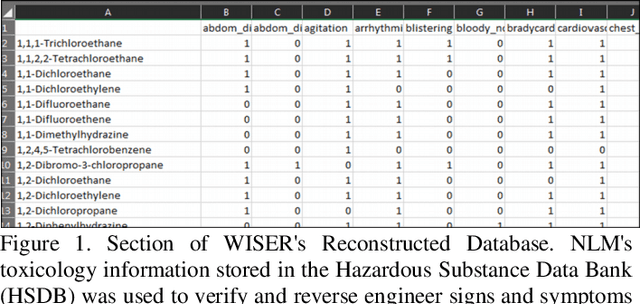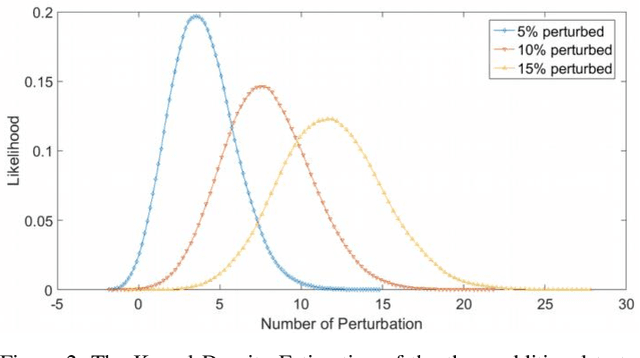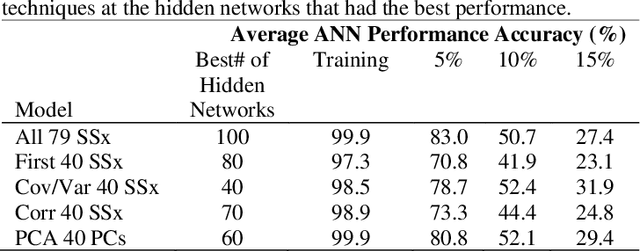Application of Dimensional Reduction in Artificial Neural Networks to Improve Emergency Department Triage During Chemical Mass Casualty Incidents
Paper and Code
Apr 01, 2022



Chemical Mass Casualty Incidents (MCI) place a heavy burden on hospital staff and resources. Machine Learning (ML) tools can provide efficient decision support to caregivers. However, ML models require large volumes of data for the most accurate results, which is typically not feasible in the chaotic nature of a chemical MCI. This study examines the application of four statistical dimension reduction techniques: Random Selection, Covariance/Variance, Pearson's Linear Correlation, and Principle Component Analysis to reduce a dataset of 311 hazardous chemicals and 79 related signs and symptoms (SSx). An Artificial Neural Network pipeline was developed to create comparative models. Results show that the number of signs and symptoms needed to determine a chemical culprit can be reduced to nearly 40 SSx without losing significant model accuracy. Evidence also suggests that the application of dimension reduction methods can improve ANN model performance accuracy.
 Add to Chrome
Add to Chrome Add to Firefox
Add to Firefox Add to Edge
Add to Edge